From the big river to the tiny canal – Wallingford to Thrupp
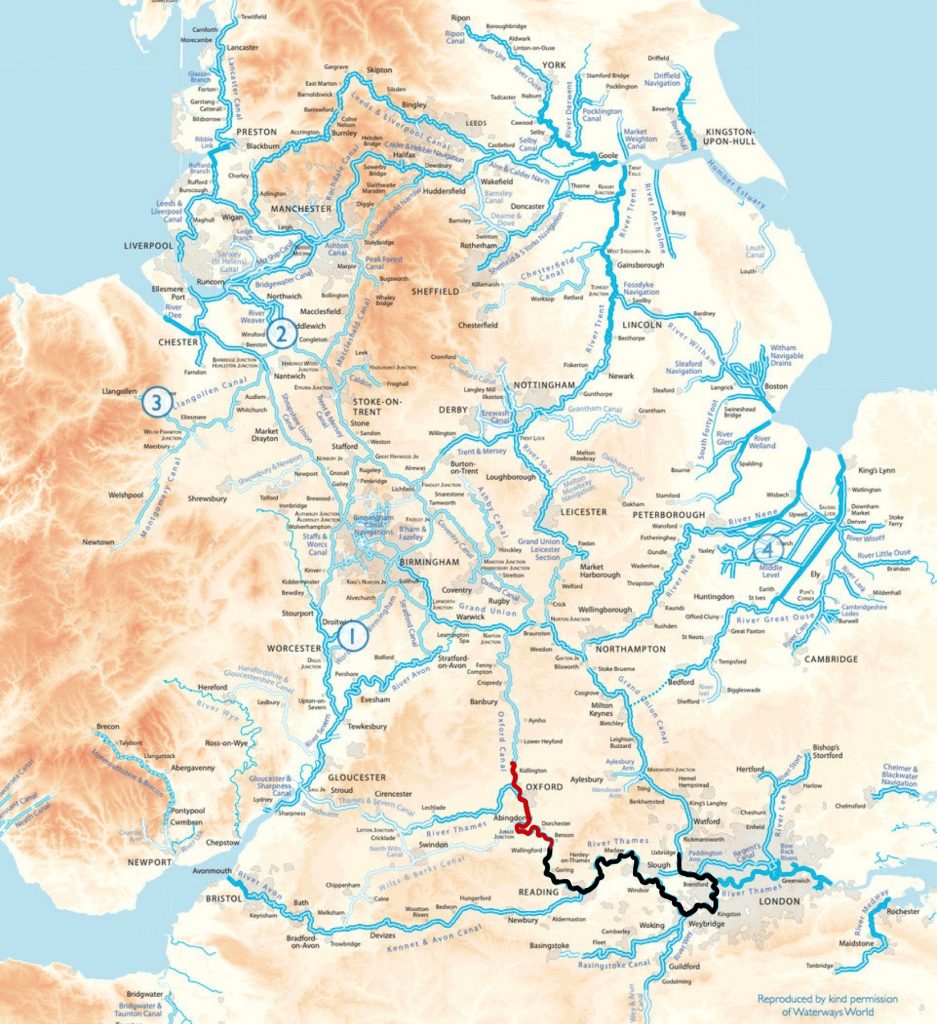
This post covers the rest of the Thames up to Oxford and the first part of the Southern Oxford canal. The two parts couldn’t be more different.
My journey continued from Wallingford in the pouring rain. My five allowed nights in Wallingford were up and I also needed to move on to meet the rest of my schedule on the Thames. I cut the journey quite short due to the horrible weather and stopped over at Days lock near Dorchester.
This is a particularly scenic stretch. The approach to the lock is flanked on one side by wide fields and meadows and the other side by very wild woods. The area is overlooked by the Wittenham Clumps, two distinctive hills in an otherwise completely flat area that are visible for miles. One of them has remains of an iron age hill fort. I would have built my fort on that hill too.
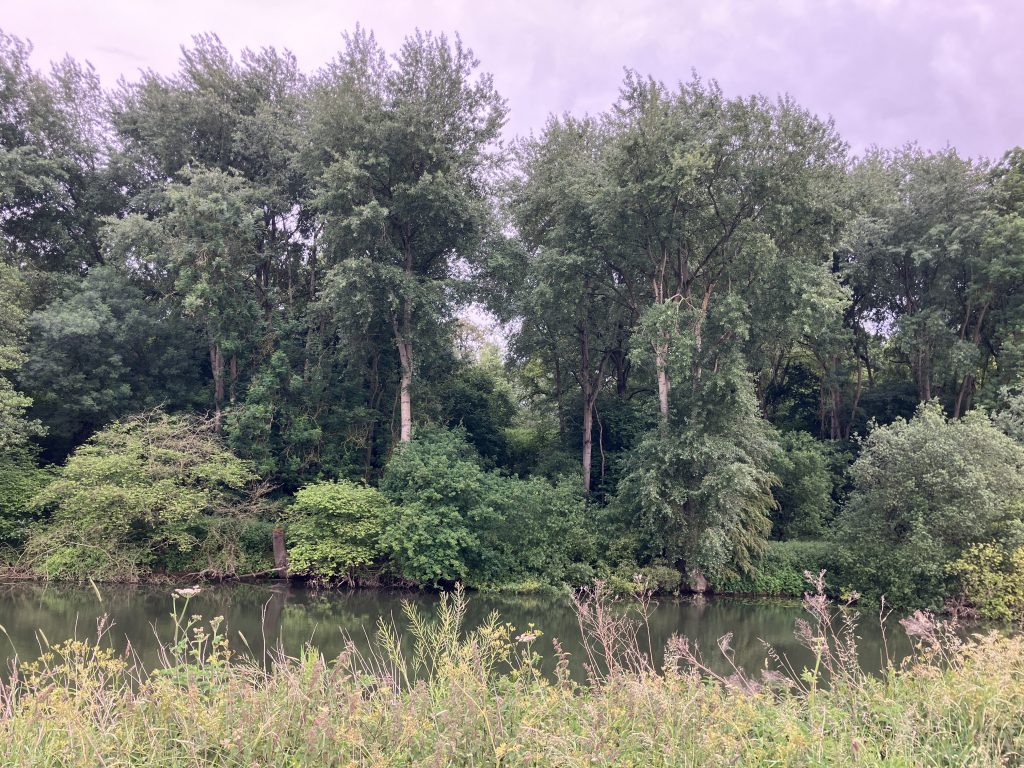
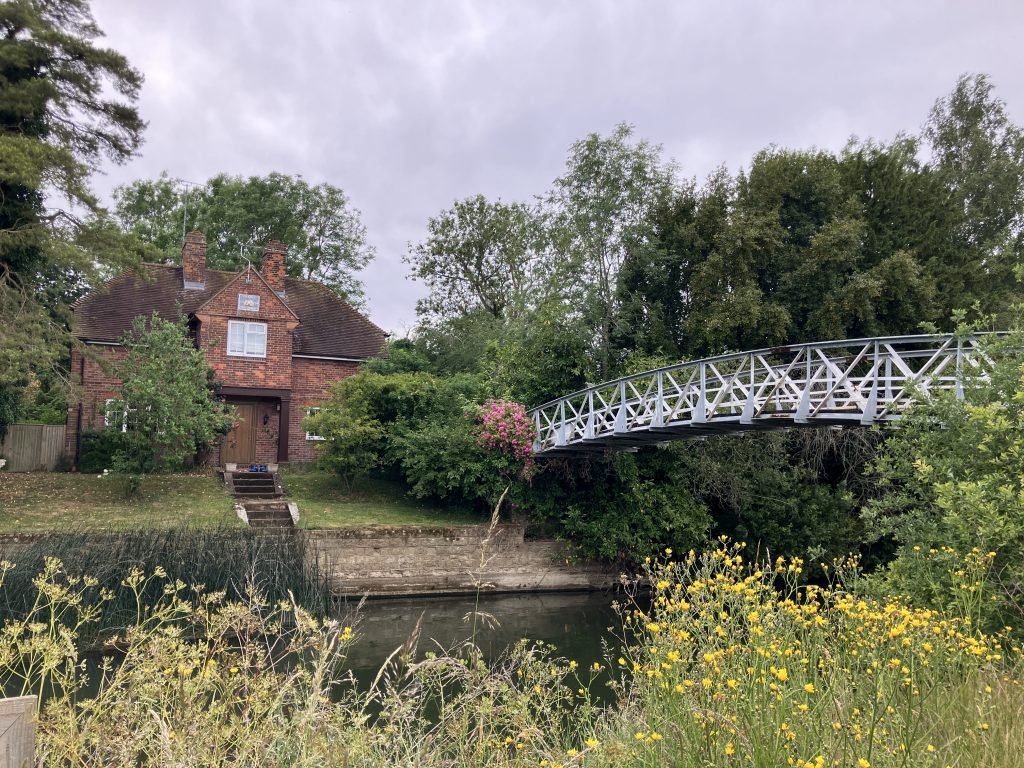
I moored on one of the new farm moorings by Days lock at Bishop’s Court Farm, which owns all the fields and meadows there. These moorings are so wonderful. Completely secluded in a field with only fields opposite as well. There was not a sound to be heard, not even the omnipresent geese. After the rain I managed to squeeze in a little walk around the Dyke Hills and the Thames path.
The Dyke Hills are a fascinating feature in the landscape. They are two parallel mile-long iron age embankments that cut across a loop in the Thames. This fortification used to protect a large area for a settlement.
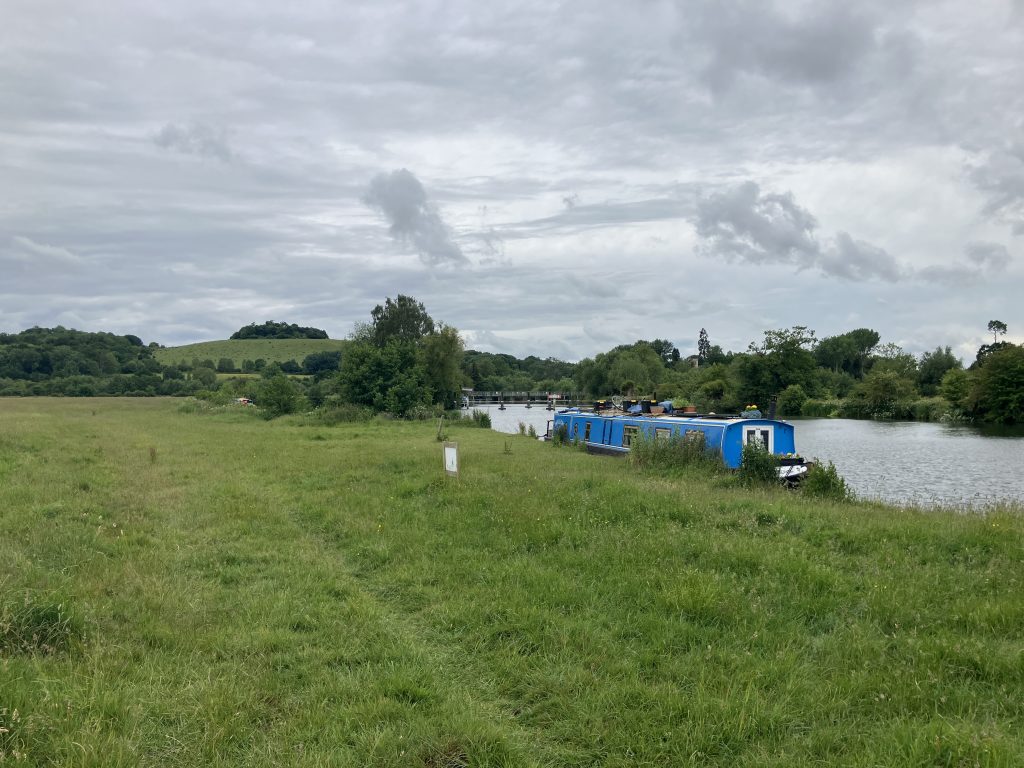
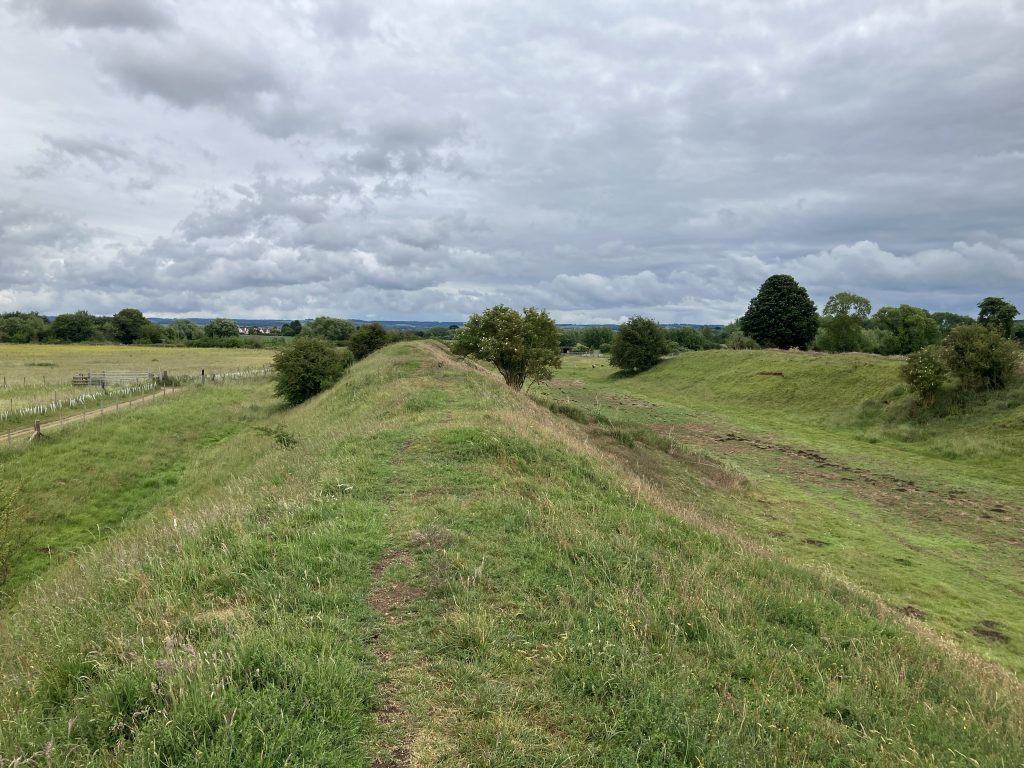
A few days later I went walking with alpacas on this farm. It was such an experience to (pretend to) lead one of these headstrong animals over the fields and around a lake. I have always admired alpacas from a distance, but this was the first encounter up close and I fell in love with my fellow – called Bollinger!

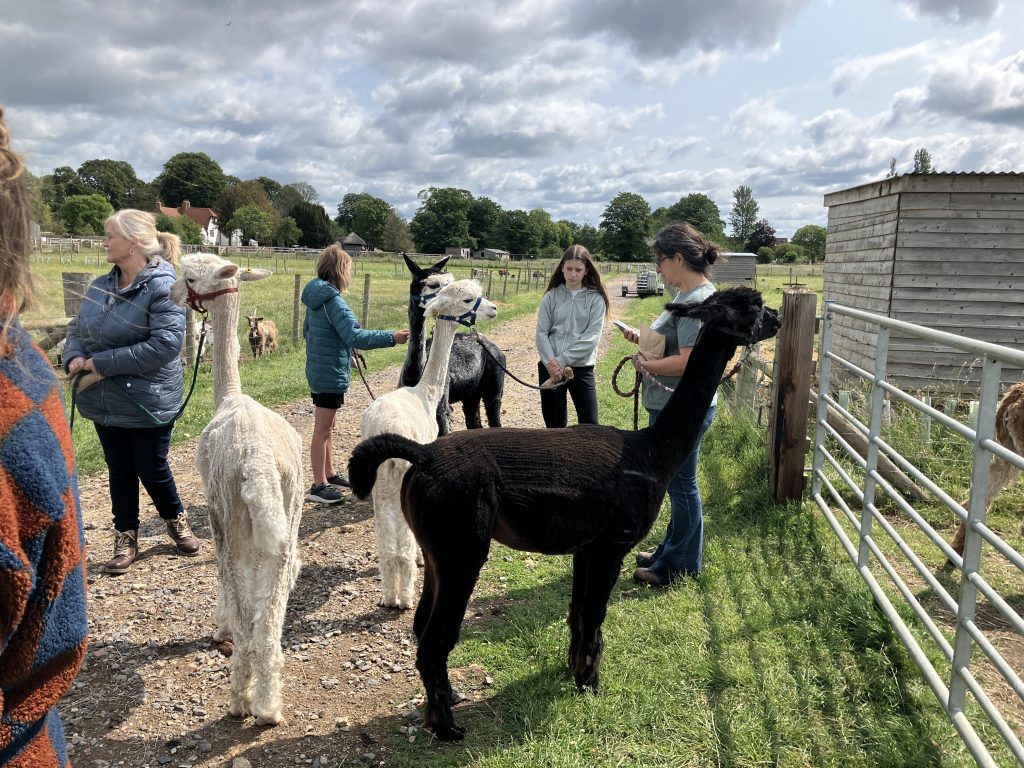
Next up was Abingdon, the last bigger town on the Thames before Oxford. It is all prettiness overload on the Thames really.
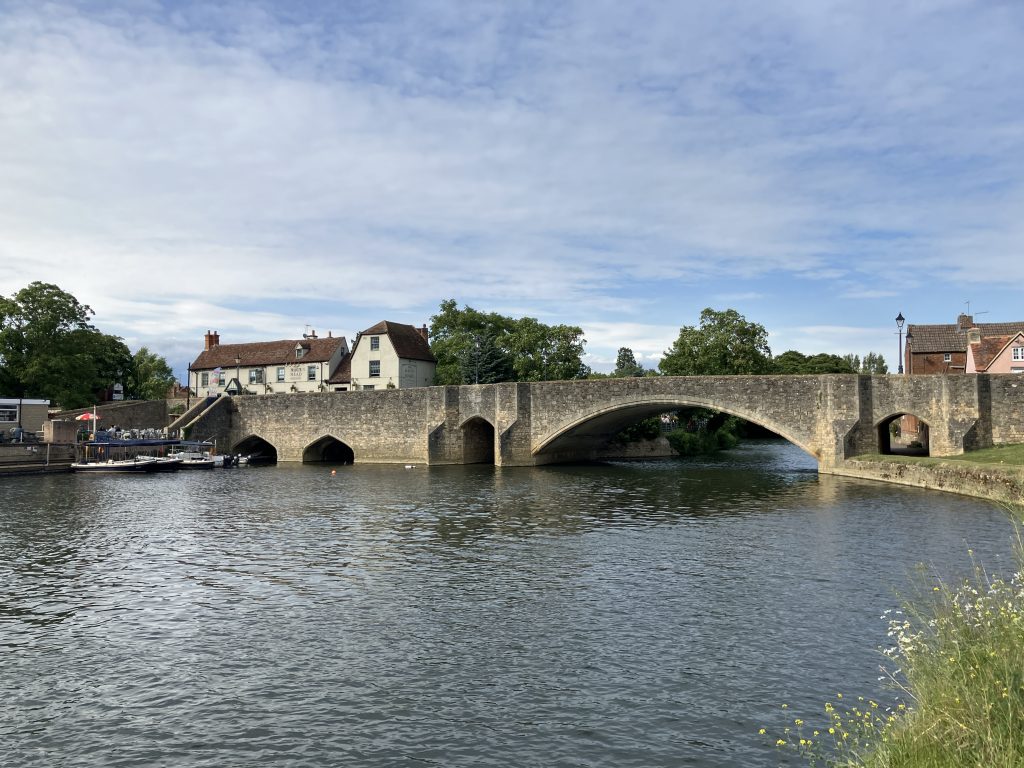
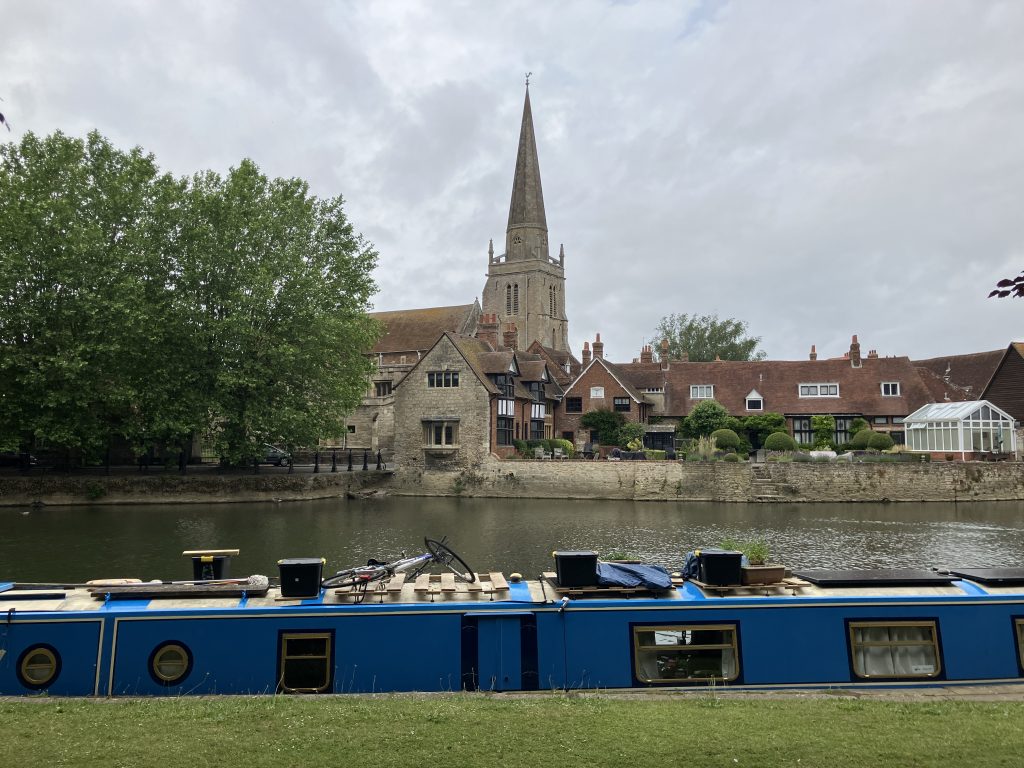
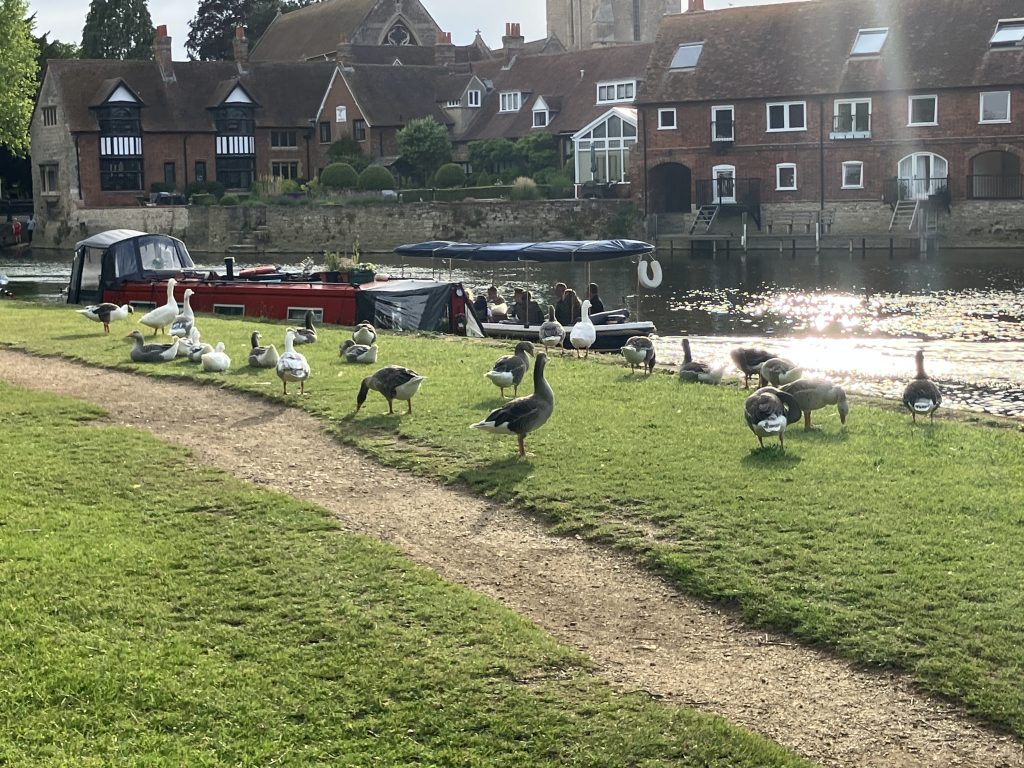
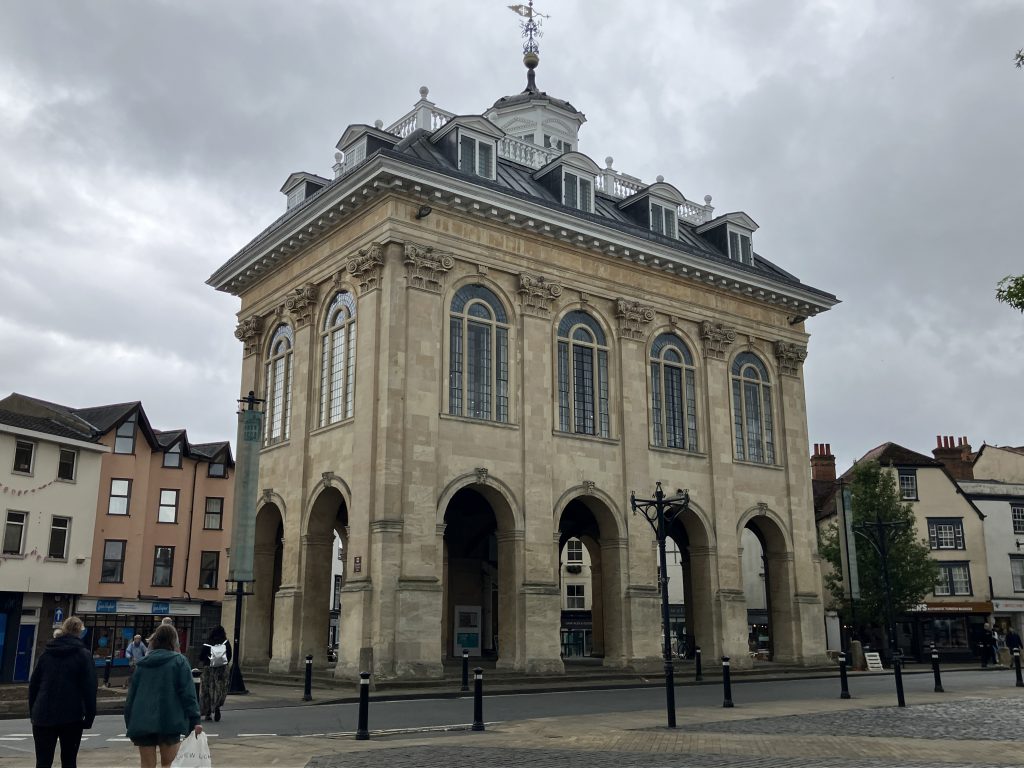
From Abingdon it’s another 3.5 hours cruise and 4 locks to the entrance of the Oxford canal at Isis lock. Two out of the four locks were on self-service (no lock keeper) and there were very few boats around. This gave me the opportunity to admire the very pretty Iffley lock with its beautiful gardens as I slowly made my way through the lock all by myself. No lock keeper there, but I’m sure they have a gardener. I remember the divine smell of the lavender on a previous visit (I nicked some from here).
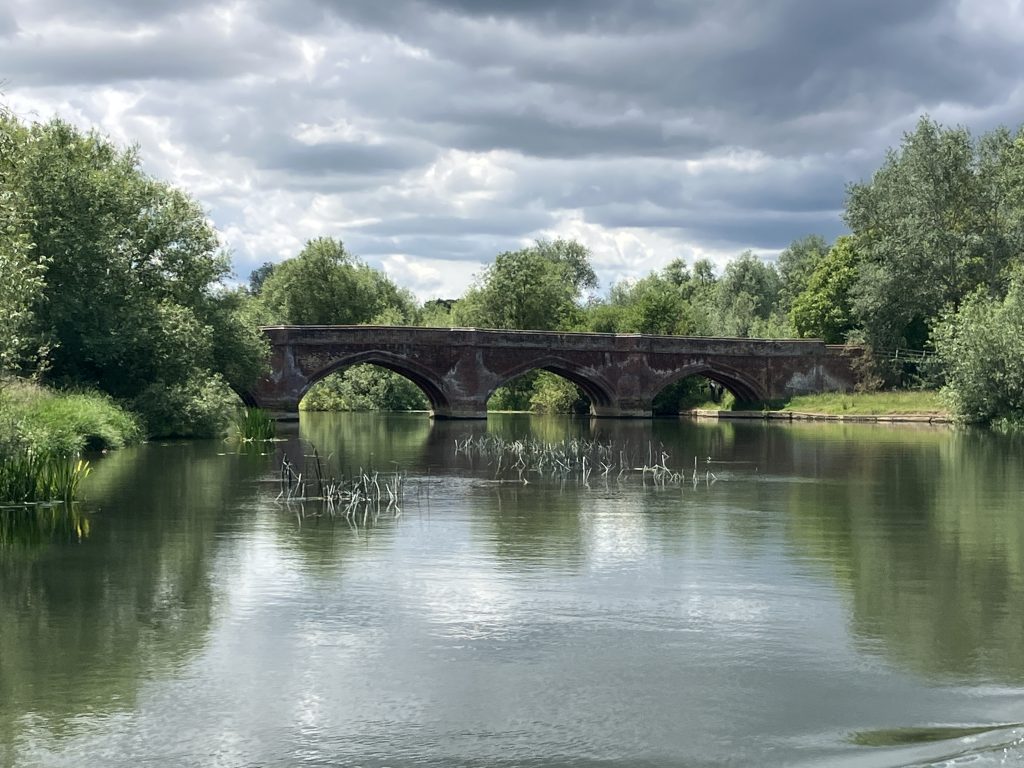
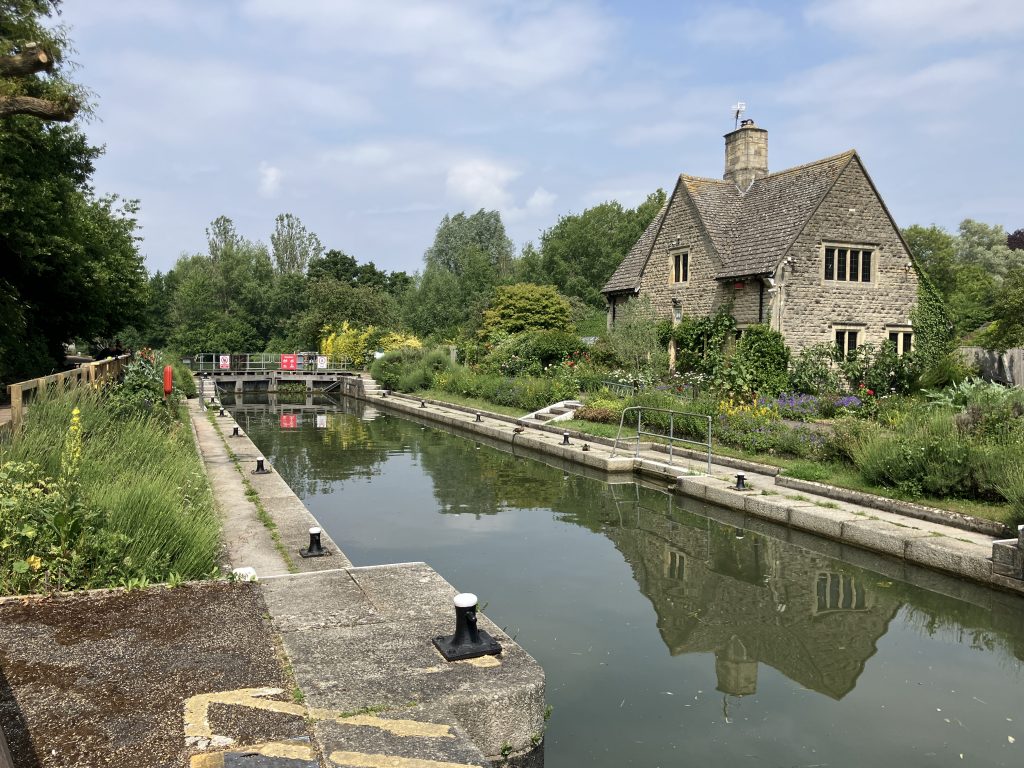
The last exciting moment on the Thames was going through Osney Bridge in Oxford. This bridge has relatively low headroom (for a Thames bridge), which means that the stretch upstream of it does not have any of the big cruisers. I never had a problem there as narrowboats are built quite low. But as I approached I was beginning to have doubts! My bike wheel only cleared the bridge by not more than an inch, which is too close for comfort!
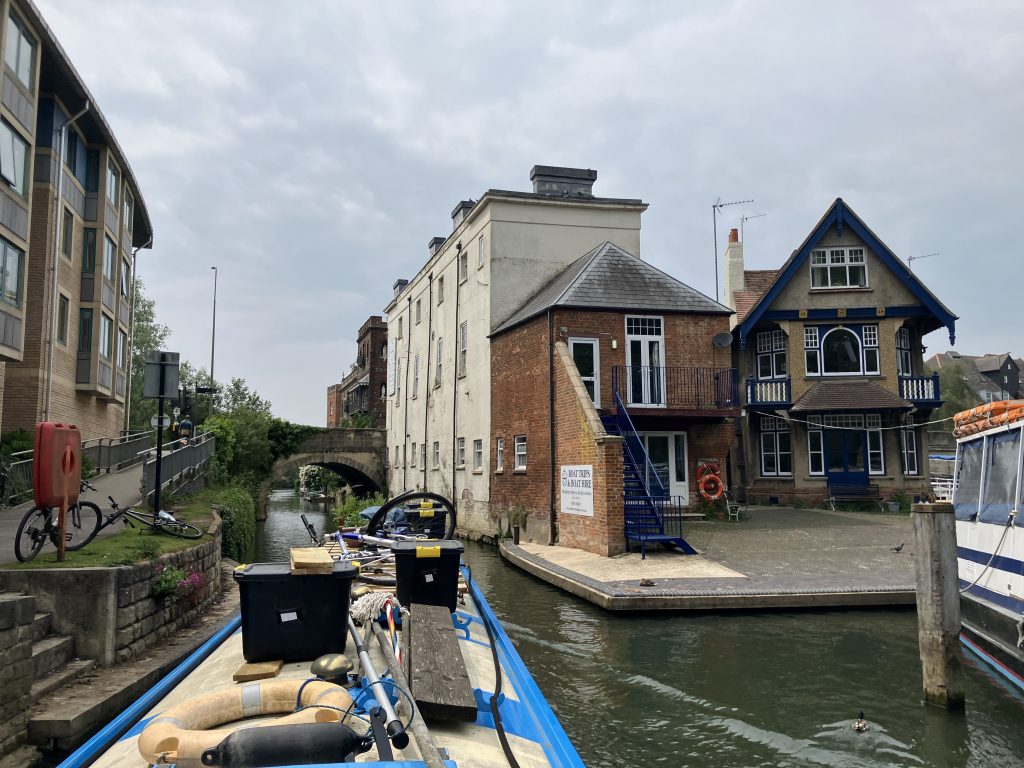
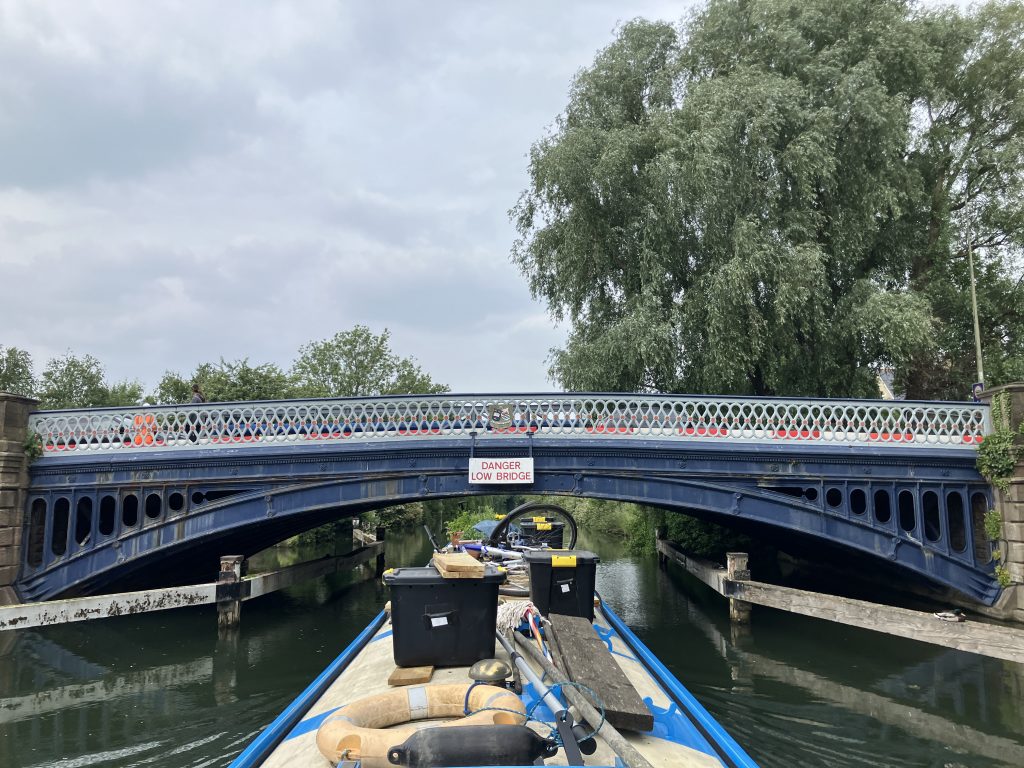
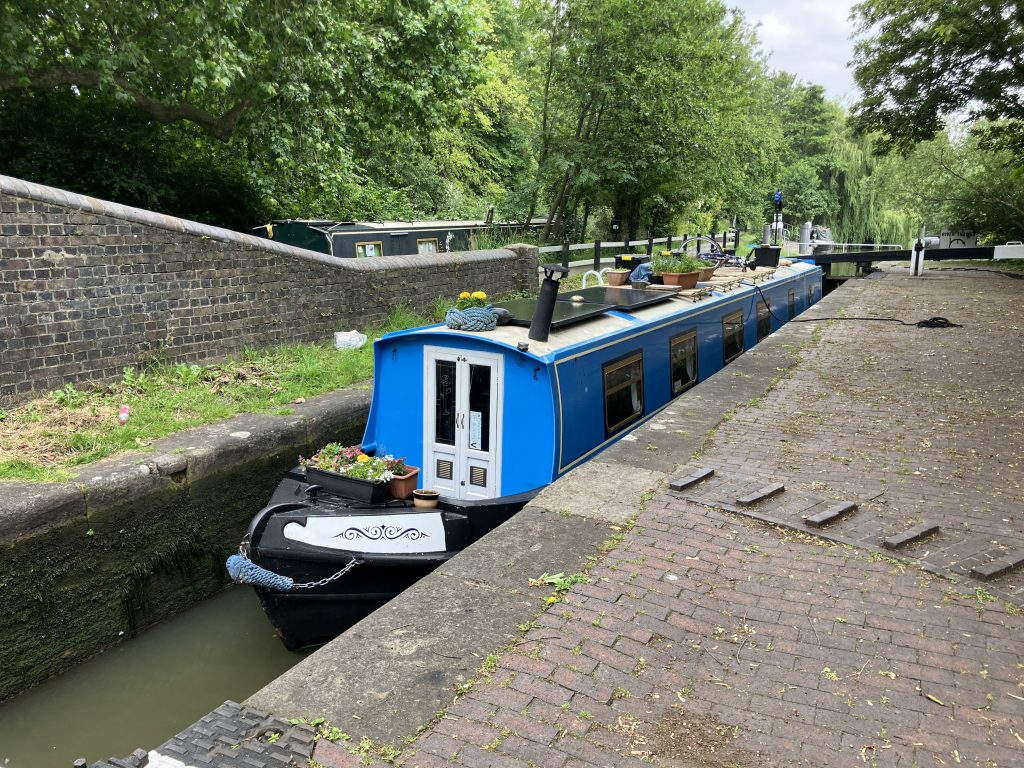
Finally I reached the end of my journey on the Thames at Isis lock, which is the entry to the Oxford canal. After the big Thames locks, Isis lock is a firm announcement that you are now in narrowboat territory. It is so tiny, I had to get used to this again!
Oxford Canal
Before I launch into my journey on this canal I want to tell you a bit about the history of the Oxford canal: this canal is one of the oldest in England built between 1769 and 1790 by canal pioneer James Brindley. It was the first connection from the coal fields of the Midlands to the Thames and ultimately London by water. The canal was mostly built as a “contour canal”, which means it follows the contour of the land rather than crossing hills and valleys with locks, embankments, and tunnels like many of the later canals. This means that it meanders around a lot and takes a long time to navigate. Pretty, but not the most efficient. However, in the 50 years before the railways took hold, it was a commercial success.
35 years after its completion the Grand Union (then Grand Junction) canal opened, which is almost like a straight motorway and a much faster route to London. This took away a lot of the traffic from the Oxford canal.
Once on the Oxford canal I staid near the bottom end for a few days. The canal is very close to Oxford station and hence the city centre. The way out of Oxford was then rather tedious. The Southern part of the Oxford canal has many wooden lift bridges, which had to be built in order to get the land owners to agree to building the canal through their land. Many of these bridges are now fixed in an open position, but a number of them are still public footpaths or even roads, so are normally closed and have to be opened manually when a boat wants to go through.
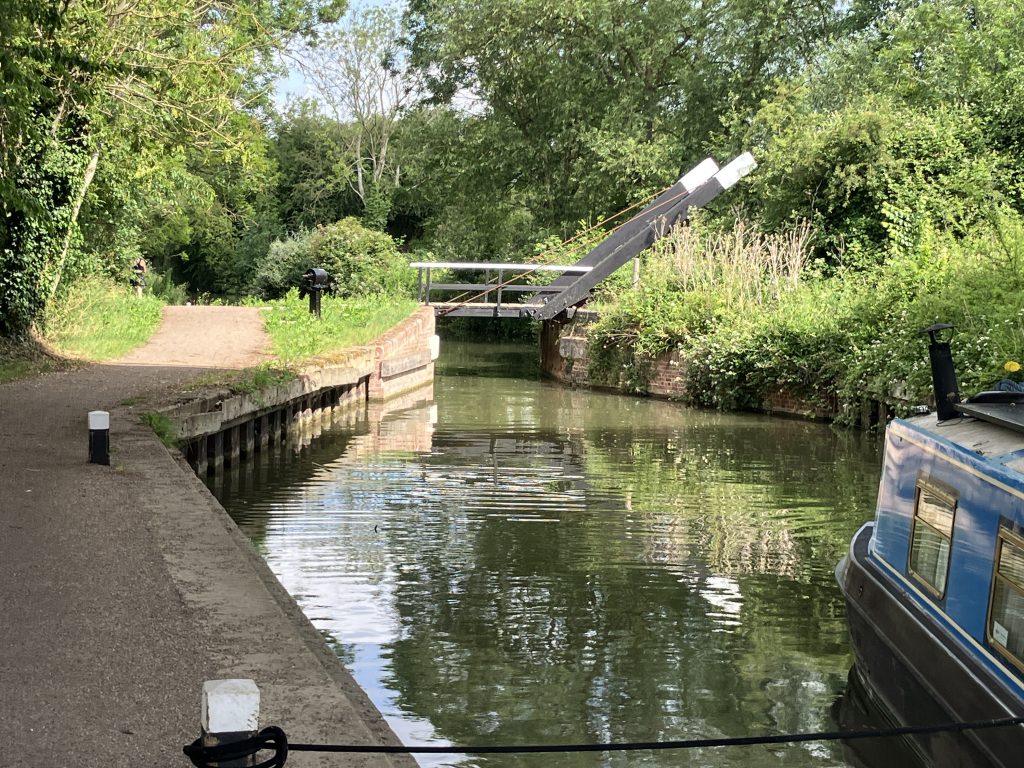
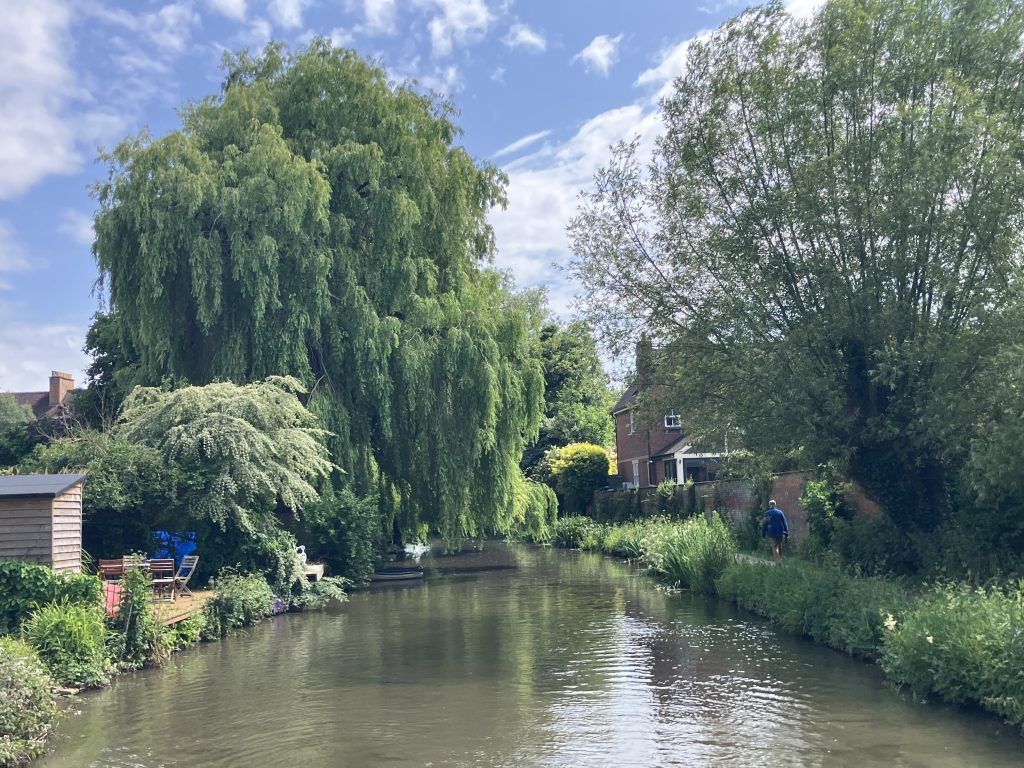
The route out of Oxford has in short succession: lift bridge (fixed open) – lock – lift bridge – lift bridge – lock. On the first bridge I almost hit the handle bars of my bike against the bridge. I had to pull an emergency stop, manoeuvre around a bit, then just scraped through. That should have been a warning!
The second lift bridge was kindly opened for me by a lady who moors next to it permanently, which was a great help. The third one I did on my own and it was totally fine.
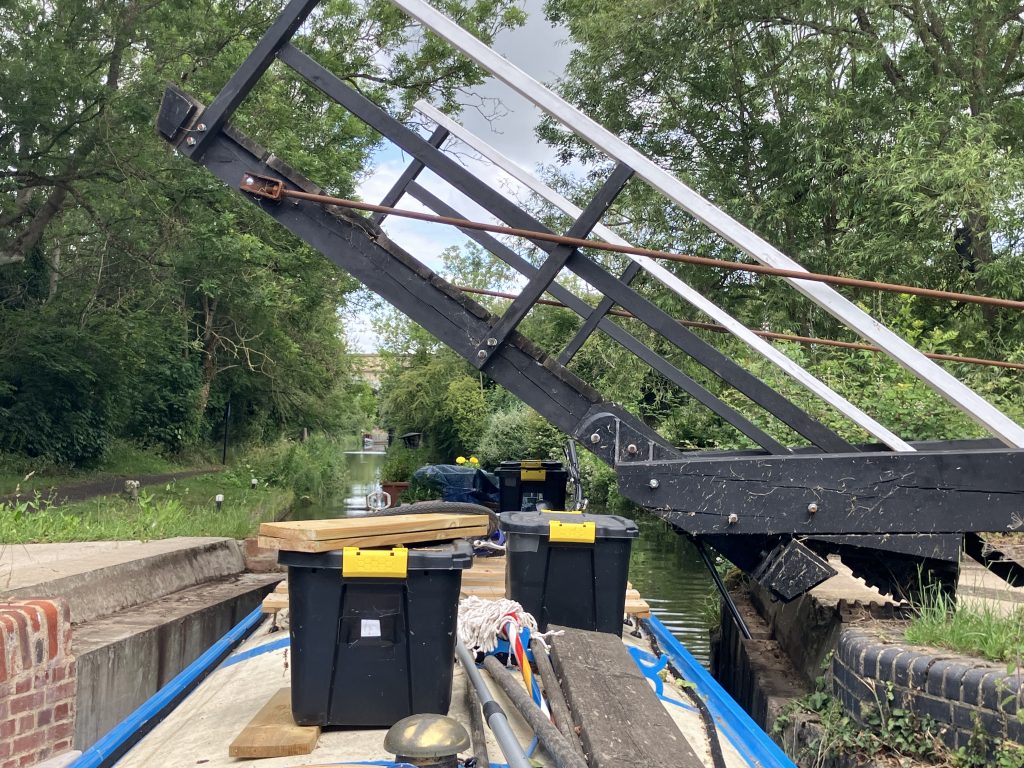
On the second lock there was a very short bollard to tie the boat up to operate the lock. As I was emptying the lock I saw the boat move slowly across the canal from the wall of water that came at it out of the lock. I ran back and sure enough the rope had pulled off the top of the tiny bollard and the boat was now free. Fortunately a bit of the rope was still on the towpath so disaster was narrowly averted.
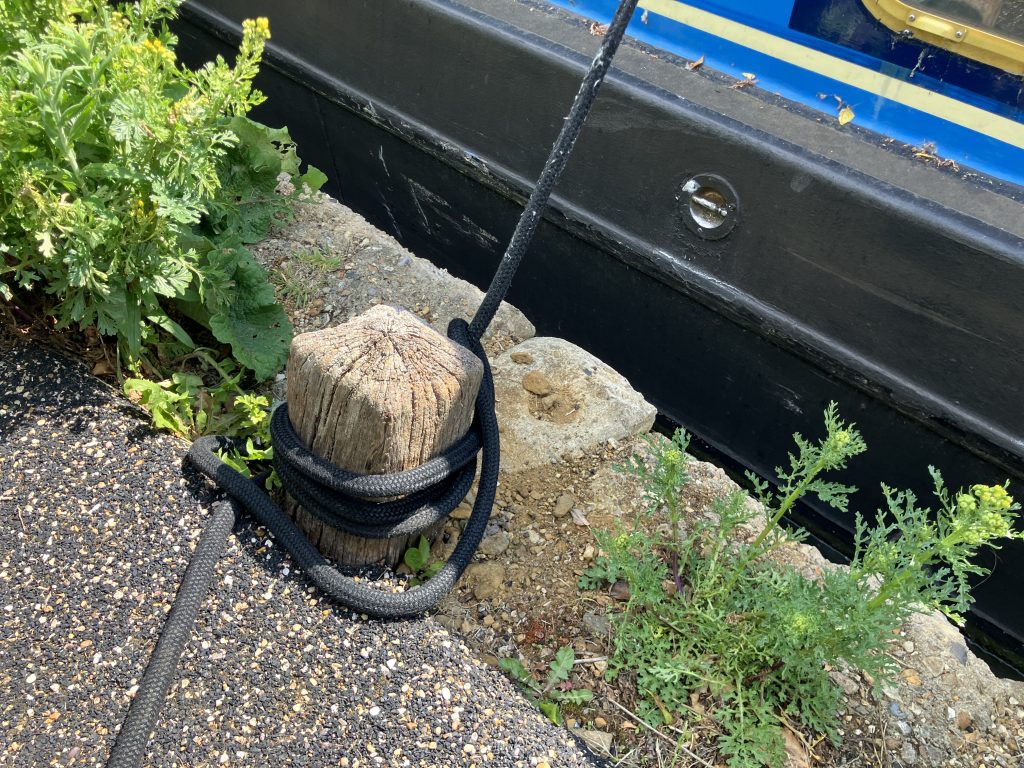
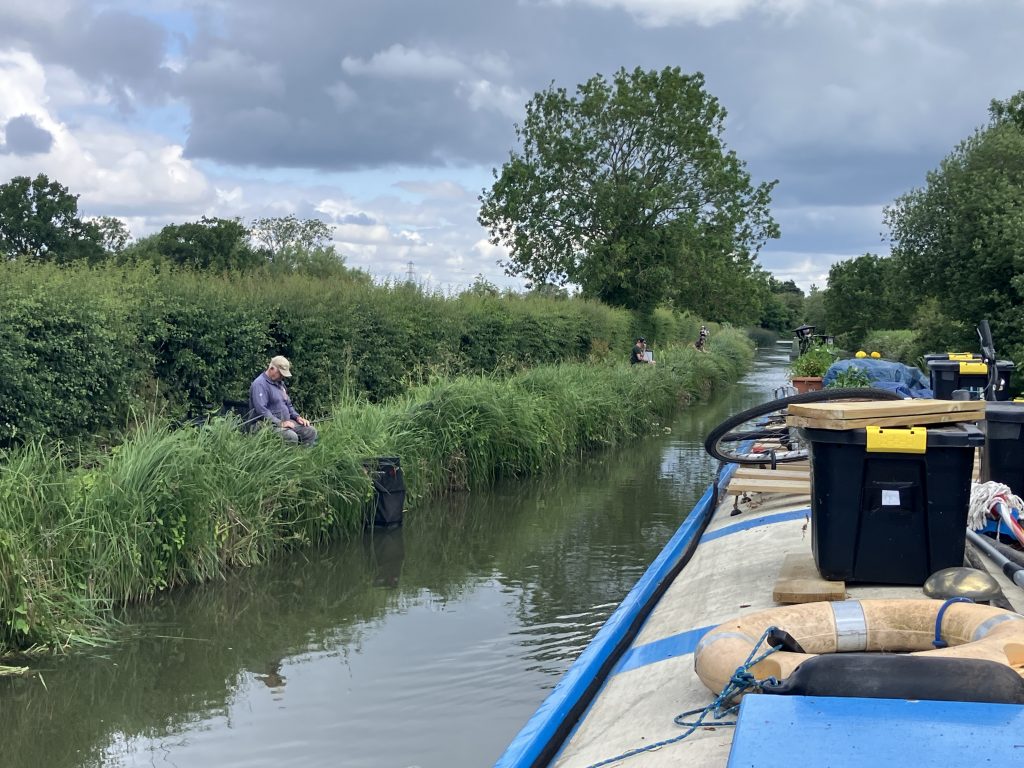
But this was not the end of it. Shortly after there was an arched brick bridge that I had marked as low headroom in my guide (together with the note “but OK”). It didn’t look particularly low to me as I approached. Well it was. This time the bike didn’t make it through and the handle bars screeched horribly along the underside of the bridge and the rack that it rested on moved backwards precariously. Damn! I had to move on as this was not a good place to stop. No pictures of this as I was totally surprised by this event.
Later when I was moored in the popular canal village of Thrupp I investigated the damage and found that nothing was actually broken on the bike. A few bits were bent and could be straightened easily. The rack suffered a bit of damage, but nothing serious. Phew! I have to say that the Oxford canal is proving more challenging than I remembered it.
Now onwards to Banbury …
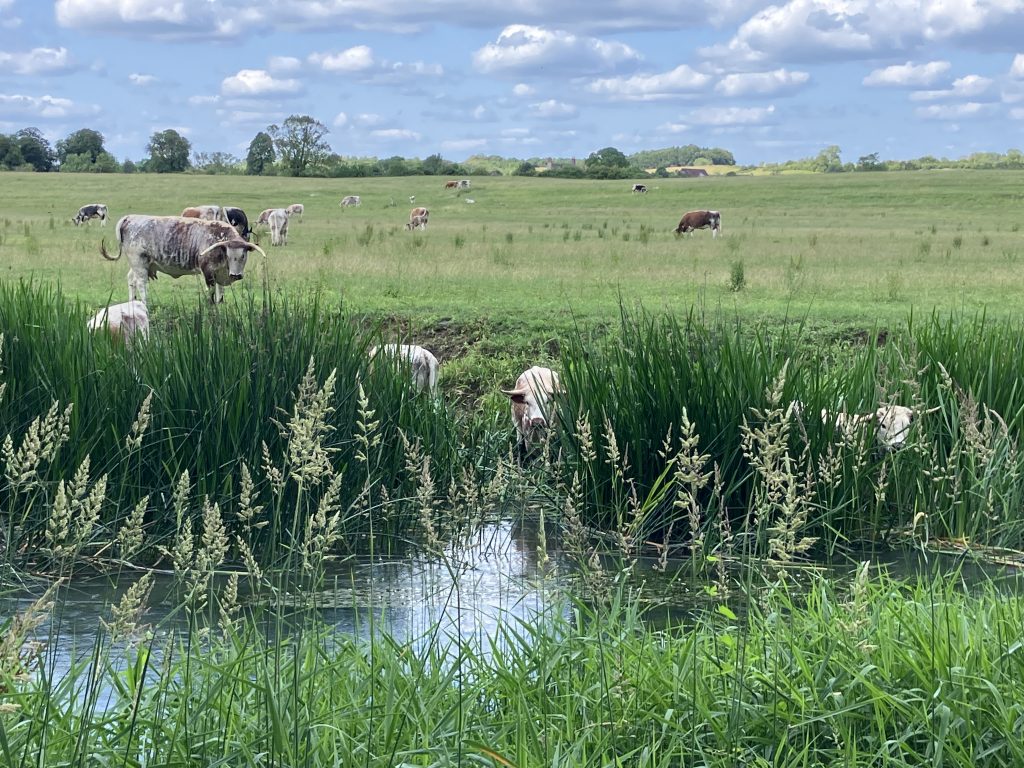
Leave a Reply